
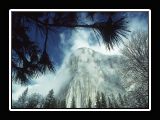
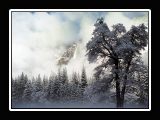
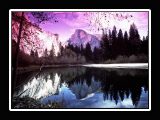
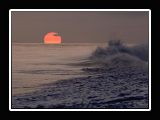
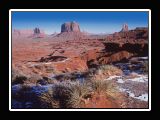
CLICK ANY IMAGE TO ENLARGE AND START SLIDE SHOW
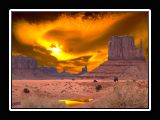
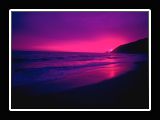
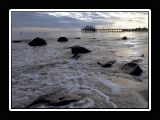
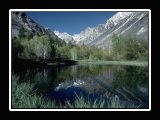
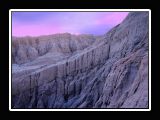
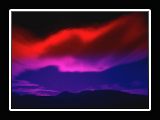
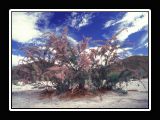
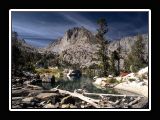
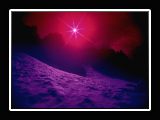

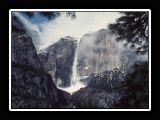
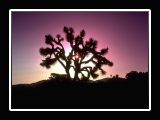
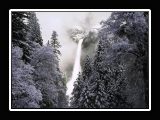
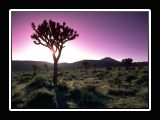
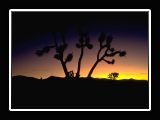
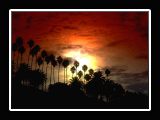
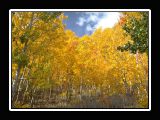
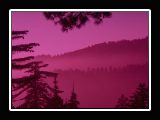
Photography & Art for a visual hungry world
Many
landscape photographers show little or no human activity in their photos, striving
to attain pure, unsullied landscapes that are devoid of human influence, using
instead subjects such as strongly defined landforms, weather, and ambient light.
Despite this, there is no pure or absolute definition of what makes a landscape
in photography, as such it has become very broad term, encompassing urban, industrial,
macro and nature photography. A beach full of parasols and sunbathers can be
a landscape photo, but so can the view through an electron microscope, which
shows a different type of landscape. Waterfalls, coastlines, seascapes and mountains
are especially popular in classic landscape photography. Though many photographs
are inspired by traditional landscape painting, the term in photography broader;
most places and things can be photographed as a landscape, a kitchen, a lamp,
a wall, or even the human body can be turned into a rolling vista by a skilled
photographer. A crucial element of landscape photography is the light to the
scenery. Preferred times are dusk or dawn with low angle light which renders
the landscape with low contrast and sidelight. This light adds a feeling of
depth to the picture and the low contrast usually is beneficial for the picture
as there are no harsh contrasts and the very details can be captured. Notable
landscape photographers include Ansel Adams, Galen Rowell and Edward Weston.
[edit]Environmentalism and landscape photography
From its beginnings and continuing into the present era, some of the most important
and celebrated landscape photographers have been motivated not only by artistic
aims but also by a love of the natural environment, as well as a desire to see
it preserved. For example, Ansel Adams, acknowledged as a pioneer in landscape
photography and one of its greatest practitioners, wrote that "It is horrifying
that we have to fight our own government to save the environment. More recently,
Galen Rowell, in an interview with BBC journalist Simon Willis, said, "The
reason that I keep writing is that all my most powerful messages about the fates
of wild places that I care about need to have words as well as images."
Technical Aspects
Camera
The genre often calls for high resolution DSLR, Medium or Large Format cameras
to record the very details of the scenery. For digital cameras, the preferred
file format is RAW, as RAW allows to record a wider dynamic range and all information
is retained. With RAW, the camera does not process the file in a destructive
way, all information is kept, resulting in significant high file sizes.
Lenses
Usually wide angle lens (24 mm and 35 mm are especially popular) are used to
capture the vast scenery of a landscape. For artistic expression, telephoto
lenses are used to compress the scenery and emphasize certain aspects (e.g.
rendering the moon very big beyond a mountain ridge). For high quality, the
lenses are very often prime lenses rather than zoom lenses. Some landscape photographers
however prefer medium telephoto lenses and prefer to capture a typical part
of a particular scene revealing the detail of the landscape rather than use
wide angle lenses that show the vastness of the scene but which lack detail
and can be non-specific.
Filters
To reduce contrast or control exposure, a split neutral density or polarizing
filter are used very often. Neutral density filters are used to extend exposure
and allow to include motion blur (e.g. for waterfalls or waves) in the scenery.
Control of contrast was the major motivator to create the Zone System, often
associated with Ansel Adams. Today, the Zone System may become obsolete for
digital landscape photographers as HDR allows a very good control of contrast
by combining several exposures of the scenery to one single picture.
Other Equipment
A tripod and a cable release is very often used for landscape photography as
this allows minimal camera shake and thus very sharp pictures.
Post Production
Digital Photography has provided landscape photographers with a very useful
post production tool. Conventional photographs give pictures revealing the best
average of brightness and colour. HDR post production work allows the photographer
to darken and brighten particular parts of the overall scene ( skies often appear
brighter in photographs than originally seen) or to tweak colours either to
give a more accurate rendition of the scene as seen originally by the photographer
or to dramatically enhanse it as in boosting yellows for instance to make an
autumnal picture look more so. Burning and dodging have always been used in
black and white photography to make landscapes more artistic but difficult to
do in colour before the advent of digital photography.
http://en.wikipedia.org/wiki/Landscape_photography